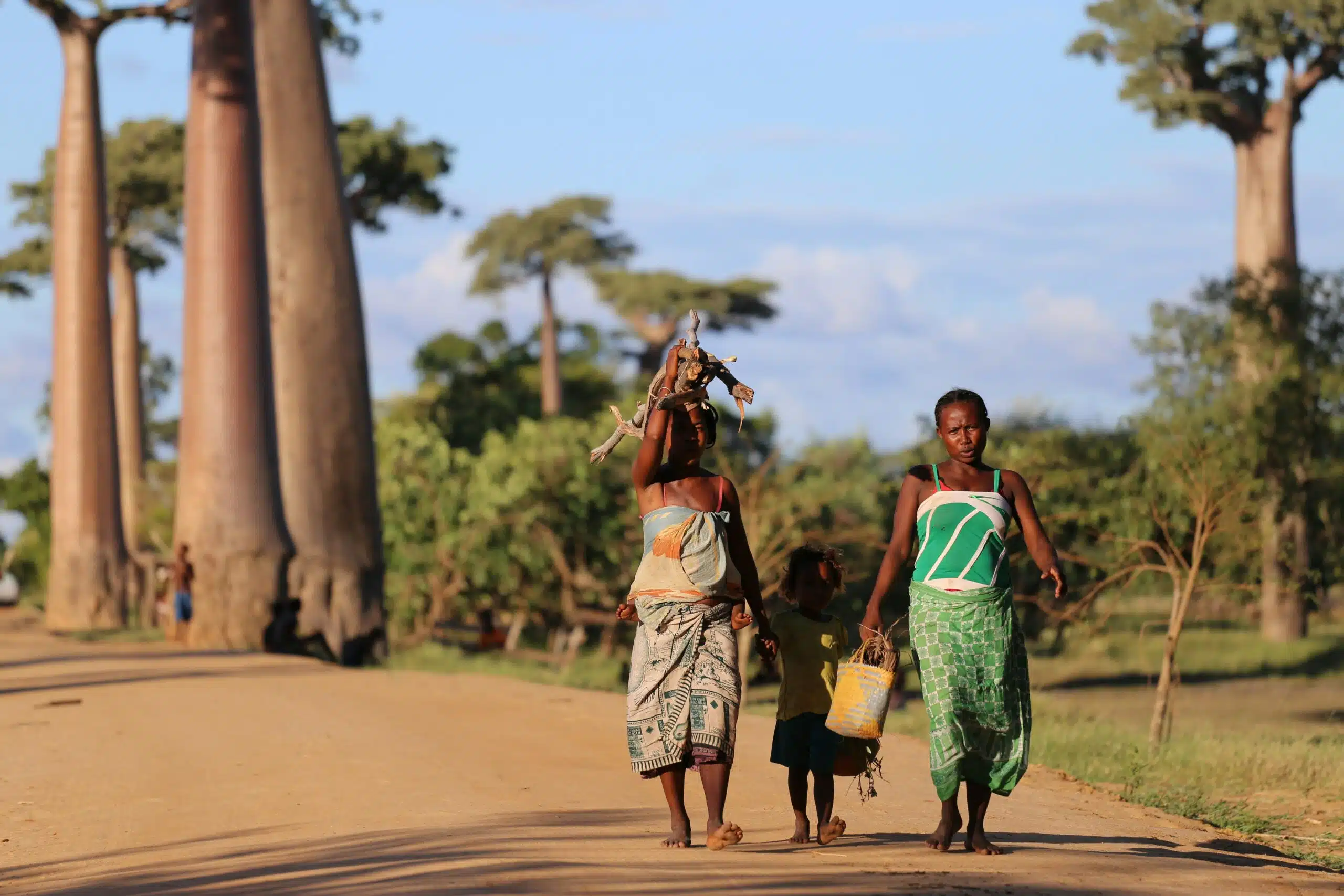Pooling risk to protect the vulnerable
African Risk Capacity (ARC) supports its members to better prepare, plan and respond to extreme weather events such as droughts and tropical cyclones. It does this through capacity building, early warning and innovative sovereign risk transfer through insurance-based solutions.
In many sub-Saharan countries, over 60% of workers are employed in the agricultural sector. This is significantly highly than in South Asia (30-40%) and Europe and North America (1-2%) (World Bank, 2025). When set against the diverse range of weather-related and climate risks that the continent experiences, this heightens the vulnerability of many African countries.
ARC draws on expert technical guidance to determine when to trigger readily available funds to enable countries to recovery quickly from damaging events. By pooling risk across the continent, a cost-effective solution is created that reduces the financial burden on individual governments and lowers reliance on external aid.

